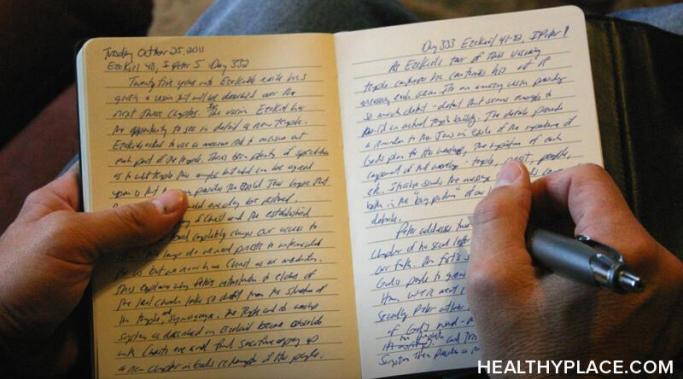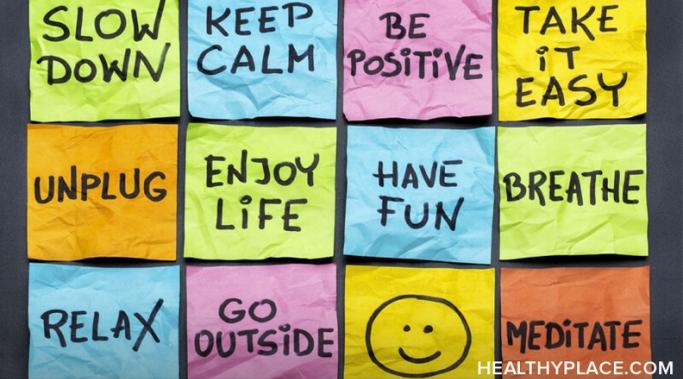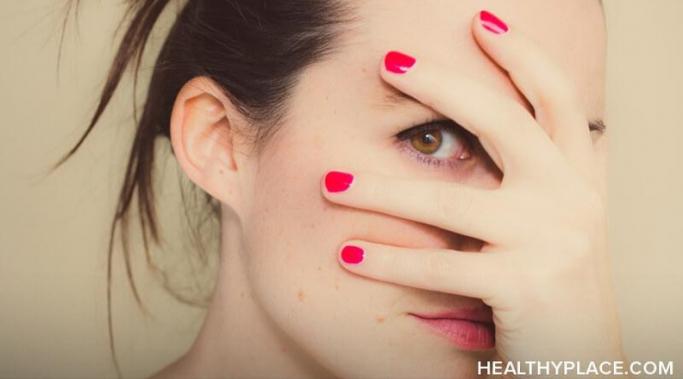Whether you're just dipping your toes into self-harm recovery for the first time or looking for a new tool to add to your existing recovery toolbox, self-harm help books can provide invaluable support on your healing journey. Here are a few tips for conducting your search and some suggestions for finding budget-friendly options.
Speaking Out About Self Injury
The stories we tell ourselves can often become self-fulfilling prophecies. Using creative writing for self-harm recovery is one way to rewrite the narrative of your life in a way that can affect real, positive change.
Self-harm scars and summer go together like peanut butter and fish—in other words, not at all. Here are some of the challenges of living with scars in the summer and some ideas for how to cope.
Is there an easy way to say goodbye? There isn't if you've really enjoyed your journey thus far. However, sometimes we reach a crossroads where changes are necessary to carry on, and I've realized I've just reached mine. This is my last post for "Speaking Out About Self-Injury," though it certainly won't be the last time I talk about self-harm.
A self-harm recovery journal can be a powerful tool for healing from self-injury. Here are a few reasons why you might want to add one to your recovery toolbox, if you haven't already done so.
As self-harmers, we often need to slow down instead of putting ourselves under more pressure, especially when we feel we have something to prove to ourselves. The ongoing pandemic made many people extra productive, especially at the start. Whether it was a form of distraction from the current reality or a genuine wish to catch up on unfulfilled passions, I saw many of my friends, myself included, suddenly throwing themselves into the sea of new tasks and responsibilities. However, being busy and having a hectic life isn't always good when you're prone to self-harm.
Recovering from self-injury isn't the kind of goal that you can check off a checklist and be done with it. Getting well is only the first step—staying well requires a self-harm prevention strategy that is both actionable and sustainable.
This post is not necessarily about wrist scars, as self-harm can come in many forms. This is just a reflection on my personal experiences with self-injury in the wrist and forearm area, as that's where I used to hurt myself. I feel most people react to scars similarly, especially if their reaction comes from ignorance or fear rather than love. Therefore, this post might be helpful if you know someone who self-harms and you wonder how to behave around them.
Hurting yourself to get out of work or school can seem like a tempting option—maybe even your only option—when you're overwhelmed and feeling trapped. But self-harm is, ultimately, a solution that causes more problems than it solves.
Self-injury often travels with certain psychiatric conditions. One such example is bipolar self-harm. This is not necessarily a symptom of bipolar disorder, but I think many bipolar patients ended up hurting themselves at some point in their lives. Why do we do it? As always, self-harm is a complex phenomenon, so I may not have all the answers, but I can share my own experience in this post.









